
The Bristol Car Company was as an offshoot of the highly commercially successful and strategically important Bristol Airplane Company, one of the leading manufacturers of aircraft engines and airplanes in the UK..
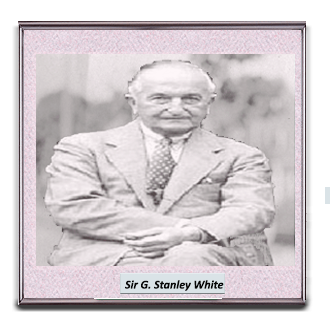 The company's decision to form an auto manufacturing company came from the fact that their products were particularly in demand during the war years.
The company's decision to form an auto manufacturing company came from the fact that their products were particularly in demand during the war years.
The UK government gave the BAC’s initiative their full backing as they felt it was essential to maintain the same levels of staff during the years when the need for producing combat aircraft was less of a priority.
 The Bristol car manufacturing division began its tentative entry into the market almost immediately after fighting ceased in Europe in 1918.
The Bristol car manufacturing division began its tentative entry into the market almost immediately after fighting ceased in Europe in 1918.
With tens of thousands returning home from the front, the last thing the British Government wanted to do was add several thousand more to the unemployment lines.
![]()
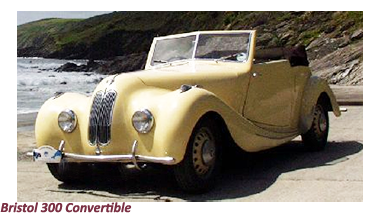
This situation meant finding immediate employment for the Bristol workforce, with the company carrying out subcontracting work for Armstrong Siddeley building car bodies as well as producing bus bodies for their associated company, Bristol Buses.
As well as these sources of work, the Bristol Car Company was formed and began to make their first tentative steps into the auto production business, with the launch of the Bristol Monocar, which failed to create any real interest, and was more of a novelty item.
In 1939, with the UK once again found itself at war, Bristol's legendary managing director , Sir G. Stanley White, had learned a lesson from the considerable setback in business that the company had suffered in the years between the wars, and was determined not to allow the company to be caught in the same position again.
![]()
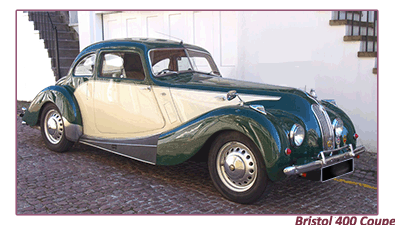 To set the wheels in motion, Bristol formed a working Association with AFN Ltd, U.S.-based manufacturers of Frazer Nash cars, who also had gained a keen understanding of the demands of the UK auto market as importers of BMW cars from Germany, an arrangement rapidly dissolved as soon as hostilities began.
To set the wheels in motion, Bristol formed a working Association with AFN Ltd, U.S.-based manufacturers of Frazer Nash cars, who also had gained a keen understanding of the demands of the UK auto market as importers of BMW cars from Germany, an arrangement rapidly dissolved as soon as hostilities began.
 After much discussion, the two companies decided to make a staged entry into the UK car market, producing quality saloon and sports cars.
After much discussion, the two companies decided to make a staged entry into the UK car market, producing quality saloon and sports cars.
AFN, through their connections with BMW, had acquired the manufacturing rights for the UK for all of BMWs pre-war car designs, as well as their engines, as part of the war reparation program.
To get the company underway George White and Reginald Verdon-Smith of the Bristol Airplane Company joined the new Frazer Nash Board.
Having all that information and knowledge at their fingertips meant that the Bristol car company got off to a flying start, and by early 1946 were already testing their first model, the 2-litre engined Bristol 400 Saloon.
![]()
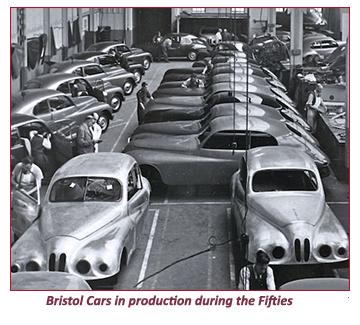 These combined factors allowed the company and the car to build a formidable reputation, participating in international motoring events.
These combined factors allowed the company and the car to build a formidable reputation, participating in international motoring events.
This kind of exposure allowed the Bristol 400 to take a respectable slice of the quality car market.
Although the Bristol 400 proved to be a success, the few members of the UK public who had the financial wherewithal to buy the car had to work hard to get their hands on the driving wheel.
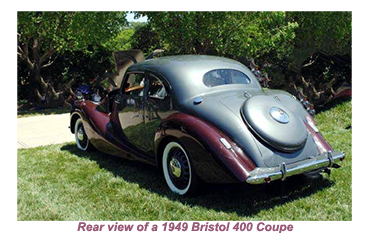 Those who could afford to buy a Bristol soon discovered that it was not a foregone conclusion that they could take delivery of one.
Those who could afford to buy a Bristol soon discovered that it was not a foregone conclusion that they could take delivery of one.
The reason was that UK Government legislation decreed that car manufacturers in the immediate post-war years was that 50% of their production had to be exported to qualify for vital raw material resources.
In January 1947, soon after the first cars had been produced, several differences began to arise between Frazer Nash and Bristol.
These issues could not be resolved, meaning that the Bristol Car Division became an independent entity.
During the Fifties, the strong reputation that the Bristol Car Company had already earned in the luxury coupe sector continued to grow and stabilise with the successful launch of three models during the decade.
 These ranged, in ascending order, from the 601 to the 606, although a 603 version was never produced during the Fifties for reasons unknown.
These ranged, in ascending order, from the 601 to the 606, although a 603 version was never produced during the Fifties for reasons unknown.
Bristol, then owned by the Chrysler Corporation, did eventually release a 403 model in the mid-Seventies although it was a complete update in design and technical features from the cars produced by the Bristol Car Company during their first full decade of production.
 As the Fifties drew to a close, the family of the now-departed Sir G. Stanley White, in partnership with a few other interested individuals, formed a consortium to take the car division private after the Bristol Aeroplane Company amalgamated with a number other British aircraft companies to create the British Aircraft Corporation (BAC),
As the Fifties drew to a close, the family of the now-departed Sir G. Stanley White, in partnership with a few other interested individuals, formed a consortium to take the car division private after the Bristol Aeroplane Company amalgamated with a number other British aircraft companies to create the British Aircraft Corporation (BAC),
 This meant an uncertain fate for the car division going into the Sixties, who, while having proven that they could produce excellent cars, had yet to earn anywhere near a working profit since its foundation.
This meant an uncertain fate for the car division going into the Sixties, who, while having proven that they could produce excellent cars, had yet to earn anywhere near a working profit since its foundation.


